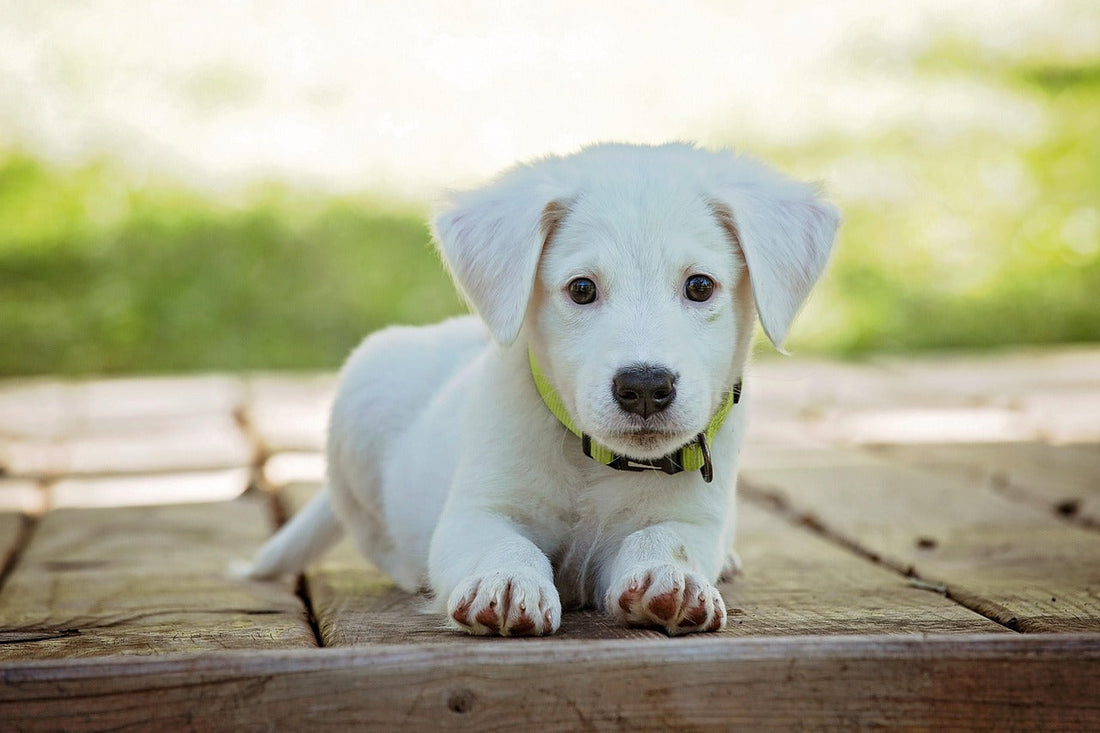
When Should You Start Brushing Your Puppy’s Teeth?
By the time canines turn 3, 80% of them have some oral health issues. Ouch! The good news, however, is that periodontal disease (and other most common oral issues) is something you can prevent. According to the 2019 AAHA Dental Care Guidelines for Dogs and Cats, introducing oral hygiene during the early years is a must. So, check out the guide from Healthywoof.com to ensure the health of an adorable addition to your family!
First, when to brush puppy teeth? As early as 6 weeks of age. In general, when it comes to puppy dental care & wellness, keep in mind the following milestones:
| Age | What’s Happening | What You Should Do |
| 2-4 weeks | Baby (deciduous) teeth begin to erupt | Nothing for now |
| 8–12 weeks | Most baby fangs are in | Start introducing a t-brush gently |
| 3–6 months | Baby teeth fall out, adult ones come in | Keep on cleaning and managing teething |
| 6+ months | Full adult dentition | Establish a daily routine |
If, as a caring pet parent, you wonder, “Can I brush my 2 month old puppy teeth?” the answer is yes, just do it gently and do not be in a hurry.
How to Brush Puppy Teeth Step-by-Step

Photo by Helena Lopes from Unsplash
Puppy dental care is a new experience for your fluffball, so be slow to allow them to acclimate to it. Be patient and follow our recommendations:
- Pick a quiet moment and area with a couple of distractions. Before you brush puppy teeth, simply touch his pearly whites and gums with your finger. Is it OK? Yay! Give a reward for cooperating! Now, imitate the process by rubbing your finger along his fangs and gums. Praise your furry buddy again so he has the most positive association with the routine.
- Add a flavored vet-approved paste. Put it on your finger and let the mini mutt lick it off. Give praise again.
- Let a tiny tail-wagger deal with a brush. If you wonder how to brush puppy teeth, do it very slowly. Chances are, the pup will instantly start chewing or playing with it. Be patient. Simply touch the instrument to your petite canine’s teeth and gums. Praise him for being calm. Now, deal with a couple of teeth at a time. During the next session, you’ll do it for a longer period. Does it go well? Perfect.
- Increase the number of fangs every few days to clean each side of the pet’s mouth for about 15 seconds using the paste.
How often to brush puppy teeth? Every day is the goal. Well, in an ideal world. But if you manage to have 3-4 sessions a week, you’re sure to keep your pet’s mouth healthy and free from bacteria.
More Puppy Dental Care Tips

Photo by Getty Images from Unsplash
As for puppy dental oral care for pet, there are things beyond traditional brushing. Water additives and powders can be added to a four-legged buddy’s bowl daily to prevent bacteria buildup. You’re welcome to browse our catalog to pick vet-approved products if you don’t know where to start.
Plus, have a consistent routine. Now you know how often to brush puppy teeth, so do it every day or as often as possible using only vet-approved products. And don’t forget to schedule a professional cleaning when the mini canine is between 1-2 years old. The point here is that tartar builds up even if you clean your dog’s pearly whites every single day. Besides, remember teacup breeds, like Yorkies, tend to suffer more from oral issues than their larger buddies.
Should you brush puppy teeth using human paste? No. The version used by homo sapiens contains fluoride. It does no good to little woofers. They can’t rinse and spit. Plus, the taste of such a product is absolutely unacceptable to dogs.
Also, keep in mind that it’s better to prevent than to cure. Mechanically cleaning your pup’s mouth is the most effective way to prevent gum and dental problems. If you start when the animal is young, you’ll see how soon the process becomes an essential part of your pet’s routine.

Photo by Helena Lopes from Unsplash
Finally, make oral hygiene fun! Use this special ritual as an opportunity to bond with a new fluffy member of your family, giving them yummy rewards during the session. Remember, the more your pet enjoys the process, the easier it will be for you two, and the healthier your canine will be. Check out our blog to find more useful tips to keep your mini pooch wagging its tail with joy and health every day.